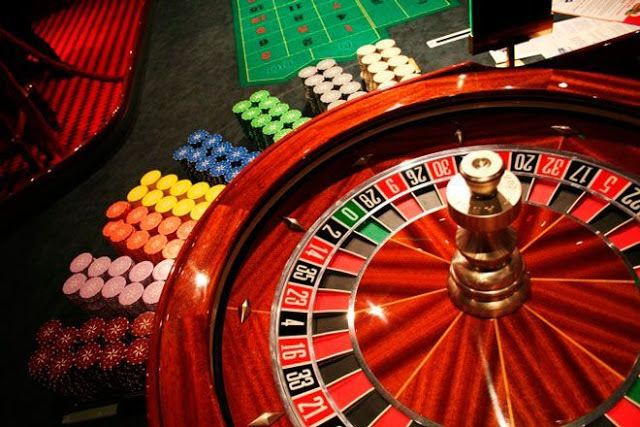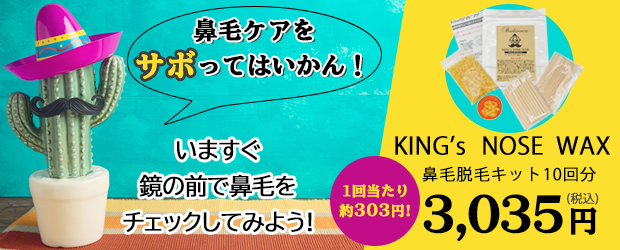Some of the most powerful bearish patterns are Three Black Crows, Identical Three Crows, and Evening Star. The Harami candlestick is identified by two candles, the first of which being larger than the other “pregnant,” similarly to the engulfing line, except opposite. Let’s first take a look at the basics of candles so you can understand the various parts of a candlestick. However, based on my research, it is unlikely that Homma used candle charts.
Bullish candles, where the closing price is higher than the opening price, are typically green or white. Bearish candles, where the closing price is lower than the opening price, are usually red or black. Each candlestick represents a specific time period, and the patterns of these candlesticks over time can help traders identify trends and potential trading opportunities.
- In a red/black candlestick, the closing price of a security is reported as lower than the opening price.
- The level at which you set your stop will depend on your confidence in the trade and your risk tolerance.
- As such, candlestick patterns should be used in conjunction with other forms of technical and fundamental analysis to greater confirm a trader’s suspicions of an overall trend.
- Forex candlesticks individually form candle formations, like the hanging man, hammer, shooting star, and more.
- To see these results, click here and then scroll down until you see the “Candlestick Patterns” section.
However, it is worth mentioning that there is a lot that candlesticks cannot tell you. For instance, you can’t use candlesticks to tell you why the open and close are similar or different. The pattern includes a gap in the direction of the current trend, leaving a candle with a small body (spinning top/or doji) all alone at the top or bottom, just like an island. Traditionally, candlesticks are best used on a daily basis, the idea being that each candle captures a full day’s worth of news, data, and price action. This suggests that candles are more useful to longer-term or swing traders. Long-legged doji have long upper and lower shadows that are almost equal in length.
もくじ
Bearish swing
Before delving into the implications of each pattern, it is important to understand the difference between bullish and bearish patterns. For reference, Bloomberg presents bullish patterns in green and bearish patterns in red. A doji (plural is also doji) is a candlestick formation where the open and close are identical, or nearly so.
Under these circumstances, the signal you’re keeping an eye out for is a hammer-shaped candlestick with a lower shadow that is at least twice the size of the real body. The closing price may be slightly above or below the opening price, although the close should be near the open, meaning that the candlestick’s real body remains small. As we have seen, an actionable hammer pattern generally emerges in the context of a downtrend, or when the chart is showing a sequence of lower highs and lower lows. The appearance of the hammer suggests that more bullish investors are taking positions in the stock and that a reversal in the downward price movement may be imminent. It is a bearish signal that the market is going to continue in a downward trend.
The engulfing pattern suggests a potential trend reversal; the first candlestick has a small body that is completely engulfed by the second candlestick. It is referred to as a bullish engulfing pattern when it appears at the end of a downtrend, and a bearish engulfing pattern at the conclusion of an uptrend. The harami is a reversal pattern where the second candlestick is entirely contained within the first candlestick and is opposite in color. In a related pattern, the harami cross has a second candlestick that is a doji; when the open and close are effectively equal. A candlestick that gaps away from the previous candlestick is said to be in star position.
The first candle has a small green body that is engulfed by a subsequent long red candle. A white line in a candlestick chart represents a closing with a higher price than the open but without much price fluctuation during the period. Candles are taller when there is a greater price spread so when a candle is flat and looks like a line, it is because of nominal price movement during the period. An inverted hammer candlestick pattern may be presented as either green or red. Green indicates a stronger bullish sign compared to a red inverted hammer. Also presented as a single candle, the inverted hammer (IH) is a type of candlestick pattern that indicates when a market is trying to determine a bottom.
The close is the last price traded during the candlestick, indicated by either the top (for a green or white candle) or bottom (for a red or black candledtick) of the body. It consists of consecutive long green (or white) candles with small wicks, which open and close progressively higher than the previous day. A white candlestick means that the candle closed its period at a higher price than when it opened. A white candlestick is the opposite of a red candlestick, which indicates a closing price lower than the opening. Red hollow and black-filled candlesticks are less common since they require a price gap to occur.
Some traders prefer to see the thickness of the real bodies, while others prefer the clean look of bar charts. The first step is to ensure that what you’re seeing on the candlestick chart does in fact correspond with a hammer pattern. Candlestick patterns are one of the predictive techniques used by traders all over the world. The candlestick charts are used fx choice review in stock markets and forex markets among others. Candlestick patterns are a financial technical analysis tool that depicts daily price movement information that is shown graphically on a candlestick chart. A candlestick chart is a type of financial chart that shows the price movement of derivatives, securities, and currencies, presenting them as patterns.
Modern charting software permits unrestricted customization of candle looks and colors, so the actual look of rising or falling price candles may vary. The area between the open and the close is called the real body, price excursions above and below the real body are shadows (also called wicks). Wicks illustrate the highest and lowest traded prices of an asset during the time interval represented. Bullish patterns indicate that the price is likely to rise, while bearish patterns indicate that the price is likely to fall. No pattern works all the time, as candlestick patterns represent tendencies in price movement, not guarantees.
What are candlesticks in forex?
Our writing and editorial staff are a team of experts holding advanced financial designations and have written for most major financial media publications. Our work has been directly cited by organizations including Entrepreneur, Business Insider, Investopedia, Forbes, CNBC, and many others. Our goal is to deliver the most understandable and comprehensive explanations of financial topics using simple writing complemented by helpful graphics and animation videos.
Learn to trade
Candlestick charting is believed to have originated in Japan in the 18th century and was used to track the prices of rice. Candlestick charting is a type of financial chart used to analyze price movements in financial markets. It presents the open, high, low, and close of a particular period in the form of https://forex-review.net/ candlesticks, which visually represent the price data. The three black crows candlestick pattern comprises of three consecutive long red candles with short or non-existent wicks. Each session opens at a similar price to the previous day, but selling pressures push the price lower and lower with each close.
Long-Legged Doji
After a decline or long black candlestick, a doji indicates that selling pressure may be diminishing and the downtrend could be nearing an end. Even though the bears are starting to lose control of the decline, further strength is required to confirm any reversal. Bullish confirmation could come from a gap up, long white candlestick or advance above the long black candlestick’s open. After a long black candlestick and doji, traders should be on the alert for a potential morning doji star. These patterns occur when the highs and lows of candlesticks converge into a triangle or wedge shape. A symmetrical triangle suggests indecision in the market, while an ascending triangle indicates a potential bullish reversal and a descending triangle indicates a potential bearish reversal.
The difference between them is in the information conveyed by the box in between the max and min values. Gordon Scott has been an active investor and technical analyst or 20+ years.
Understanding White Candlesticks
It is a visual representation of price data that shows the open, high, low, and close of a particular period in the form of candlesticks. Over time, individual candlesticks form patterns that traders can use to recognise major support and resistance levels. Candlestick charts are convenient for technical traders because they can easily display a full day’s price movement.
























